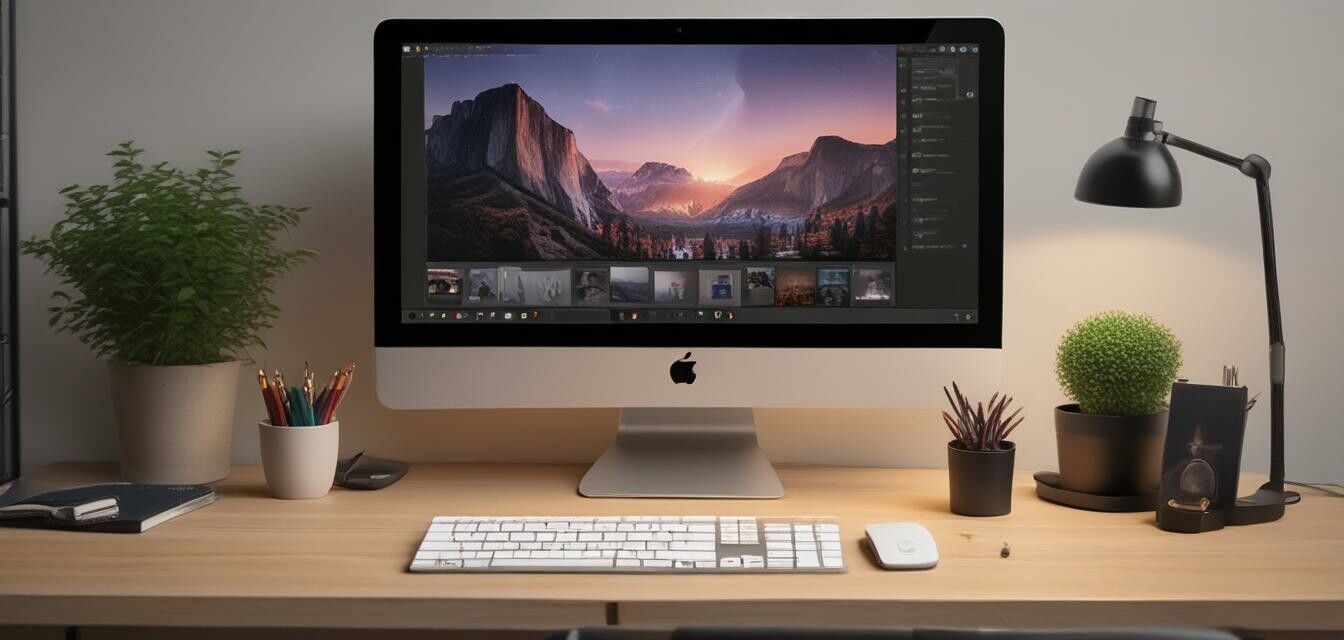
Effective Ways to Position Your Webcam for Calls
Key Takeaways
- Optimal webcam positioning enhances video quality.
- Lighting conditions significantly impact video clarity.
- Framing yourself in the shot is crucial for engaging video calls.
- Choosing the right background can reduce distractions.
- Regular adjustments are needed based on your setup and purpose.
Video calls have become an integral part of our daily lives, whether for work, socialization, or educational purposes. The effectiveness of video calls largely depends on how well you position your webcam. By optimizing the angle, lighting, and background, you can significantly enhance the viewer's experience. In this article, we will explore practical tips and techniques for positioning your webcam effectively for calls.
The Importance of Webcam Positioning
Webcam positioning plays a pivotal role in establishing a strong presence during video calls. Great positioning not only improves your image quality but also helps maintain viewer engagement. Let's break down the critical factors to consider:
1. Angle of the Webcam
The angle at which your webcam is positioned can drastically change how you appear on screen. Here's a quick guide:
| Angle | Effect |
|---|---|
| High Angle (Looking Down) | Can make you appear smaller or less authoritative. |
| Eye Level | Promotes a natural perspective and feels engaging. |
| Low Angle (Looking Up) | May create an imposing presence but can also distort your facial features. |
2. Framing Yourself
Proper framing is crucial. Here’s how to do it:
- Place your webcam at eye level to create a direct connection with your audience.
- Ensure that your face occupies about the upper two-thirds of the screen for clarity.
- Leave some space above your head to avoid a cramped appearance.
3. Lighting Considerations
Good lighting is vital for enhancing video quality. Consider these tips:
- Use soft, diffused light sources to avoid harsh shadows.
- Position lights in front of you, at a 45-degree angle, for even illumination.
- Avoid backlighting from windows; it can make you appear as a silhouette.
4. Background Setup
Your background can help or hinder the focus of your call. To create an ideal background:
- Choose a clean and uncluttered space.
- Consider using a virtual background if your environment is distracting.
- Place meaningful items, such as books or art, that reflect your personality but avoid overwhelming the space.
Adjusting Your Setup
Don’t hesitate to make regular adjustments to your webcam setup. Depending on the type of call (formal meeting versus casual catch-up), small tweaks can make a difference. Here’s a summary of adjustments you might consider:
| Type of Call | Adjustments |
|---|---|
| Formal Meeting | Use a clean background, good lighting, and ideal eye-level framing. |
| Casual Chat | More relaxed background, possible soft lighting, and playful angles. |
Software Tips
To further enhance your webcam experience, consider customizable software options. Software can allow you to adjust settings like brightness, contrast, and even add filters. Some popular tools include:
Conclusion
Positioning your webcam effectively is key to enhancing communication during video calls. By focusing on angle, framing, lighting, and background setup, you can create a professional and inviting atmosphere. Don't forget to experiment with adjustments and software options to find what works best for you!
Tips for Beginners
- Start with the basics: ensure your webcam works properly and is positioned correctly.
- Practice in front of your webcam before important calls to see how you appear.
- Don’t forget to check audio settings to complement your video quality.
Pros
- Enhances viewer engagement during video calls.
- Improves overall video quality.
- Creates a more professional image.
Cons
- Finding the perfect setup can take time.
- Not all backgrounds may be easily adjustable.